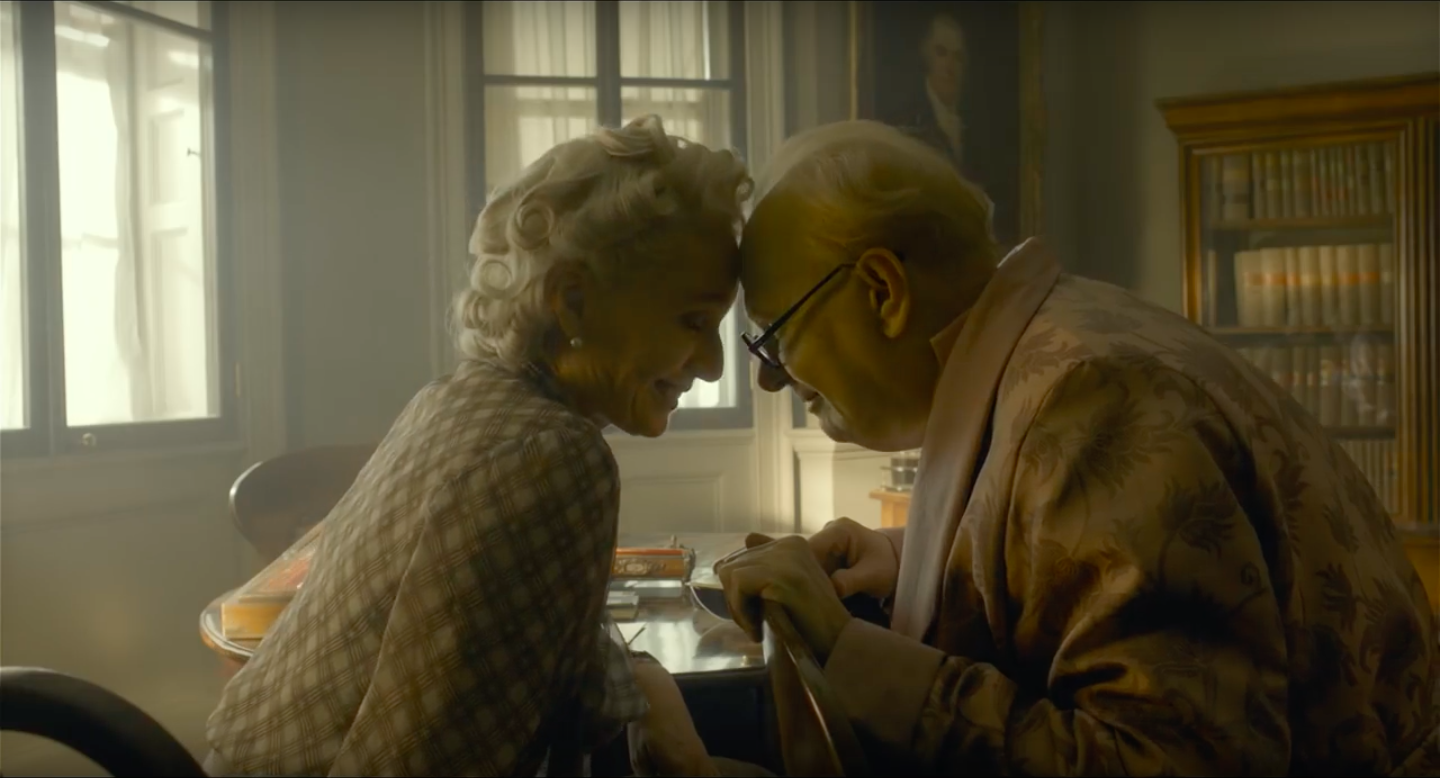
A sea of black fills the seats of Parliament; an influx of red-faced men in suits argue as cries for order fly across the room. Directed by Joe Wright, “Darkest Hour” mesmerizes audience members, captivating them in a world of political intrigue with its cinematic technique and riveting performances.
In England of 1940, Winston Churchill, the new prime minister of Great Britain, faces pressure to negotiate a peace treaty with Germany despite his firm belief that Britain should fight until the end of the war. Spanning the month of May, the film follows Churchill’s selection as prime minister, opposition from Neville Chamberlain and Viscount Halifax and struggle for support.
The film, a nominee for Best Picture at the Academy Awards, transitions between Parliament, the underground war rooms and Churchill’s own home. The setting brings a sense of realism to the movie as it traces Churchill’s daily moral dilemmas as prime minister. While most of the film centers on Churchill himself, occasional glimpses of citizens and soldiers provide a connection to the people Churchill is working to protect.
Possibly the most memorable aspect of the film is its exceptional cinematography. Cinematographer Bruno Delbonnel manages to convey emotions to the audience using unconventional frames and lighting. Whether it’s three doors opening at once or a single lit elevator shaft, Delbonnel ensures each shot is dynamic, constantly moving to follow Churchill’s motions while providing further insight into his character.
Gary Oldman’s magnificent performance as Churchill demonstrates the difference between imitation and portrayal. While physical alterations allow Oldman to closely resemble Churchill, it is his rendering of Churchill’s voice and personality that transforms him into the character.
Oldman is nearly unrecognizable thanks to makeup and prosthetics, in addition to the time-appropriate costumes. Even the supporting characters are transformed, with the intricate updos of Mrs. Churchill and Ms. Layton closely resembling those of the historic figures they depict.
Though Oldman’s depiction of Churchill is stunning, the intense spotlight on him leaves something to be desired for the supporting characters, such as Elizabeth Layton (Lily James, “Cinderella”) and Clementine Churchill (Kristin Scott Thomas), who lack depth. While it is understandable that Oldman’s character is the focal point of the film, the disappointing lack of development in other characters makes them seem unnecessary and one-dimensional.
As a film focused on strategy and alliances instead of battles, “Darkest Hour” is somewhat anticlimactic, although it has a satisfying and hopeful ending. Following the daily struggles of Winston Churchill during his first month as prime minister, the art of “Darkest Hour” lies not in action, but in subtlety.
“Darkest Hour”
Drama
2 hours 5 minutes
PG-13 for some thematic material
Directed by Joe Wright
Starring Gary Oldman, Kristin Scott Thomas and Lily James



